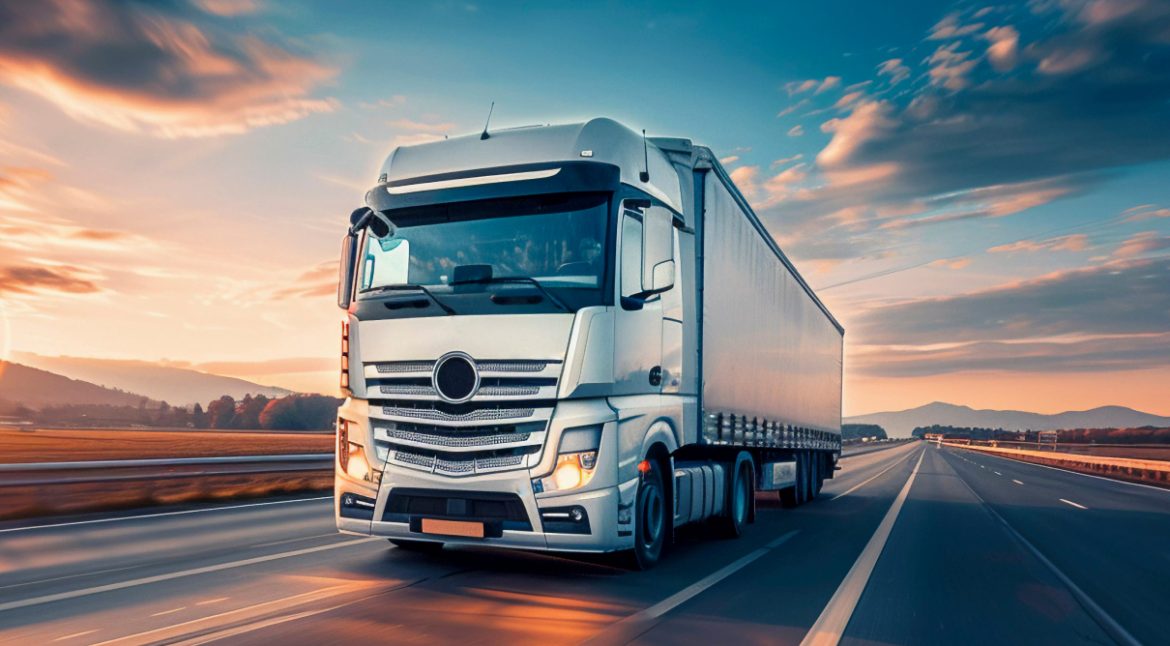Connecting the dots between Morocco and the south of Europe
A recent sourcing whitepaper has revealed that over 64% of European companies have changed the way they source materials as a result of global supply chain disruptions. Arguments for changing sourcing locations into ones closer to final markets go beyond simply shortening supply chains and include added flexibility and limiting reliance on single source of materials.
In light of shifting sourcing decisions, Morocco, situated on the periphery of the EU, is being considered as an alternative sourcing location by 4% of European companies. Today, Morocco is the third African country by share of exports into the EU, but maintains a trade deficit with a total of 68.63 billion USD in imports and 41.64 billion USD in exports in 2023. In this article, we dive into details of the opportunities that Morocco presents for European businesses, as well as most recent developments that facilitate these opportunities.
The missing link for growth
In the landscape of global trade, Morocco is on the way to become a strategic hub of North Africa, currently holding the 5th position among African countries by GDP in 2024. The country has made progress since economic downturn in 2016 in part to the nation’s low labour costs and a market-oriented approach, which is expected to lead to a GDP increase of 3% year-on-year by 2029. While Morocco represents only 1% of the EU’s total trade in goods, 56% of the country’s exports find their destination within the EU. The diversity of goods exported ranges from manufactures to agricultural products and fuels, making Morocco a potential sourcing destination for multiple European industries seeking cost-effective partners closer to home.

